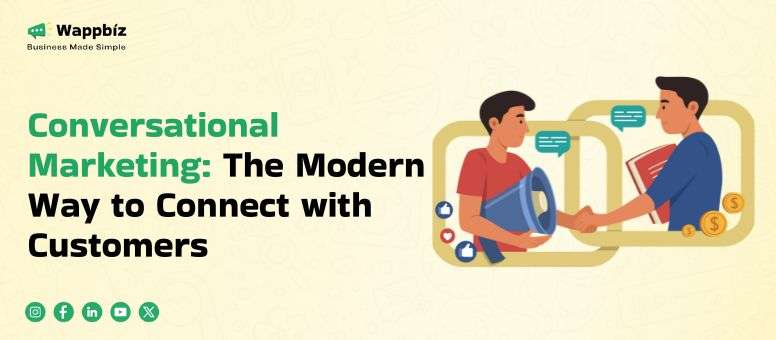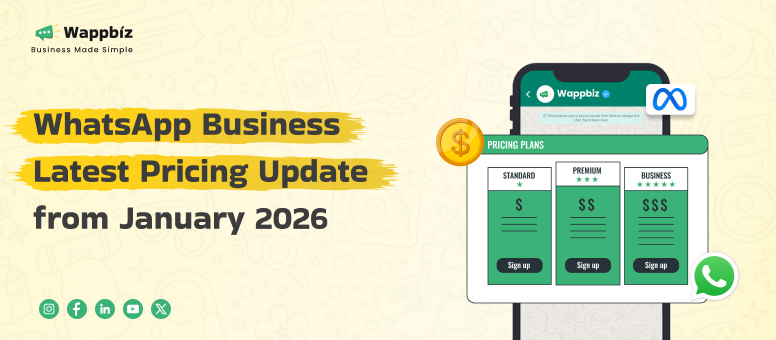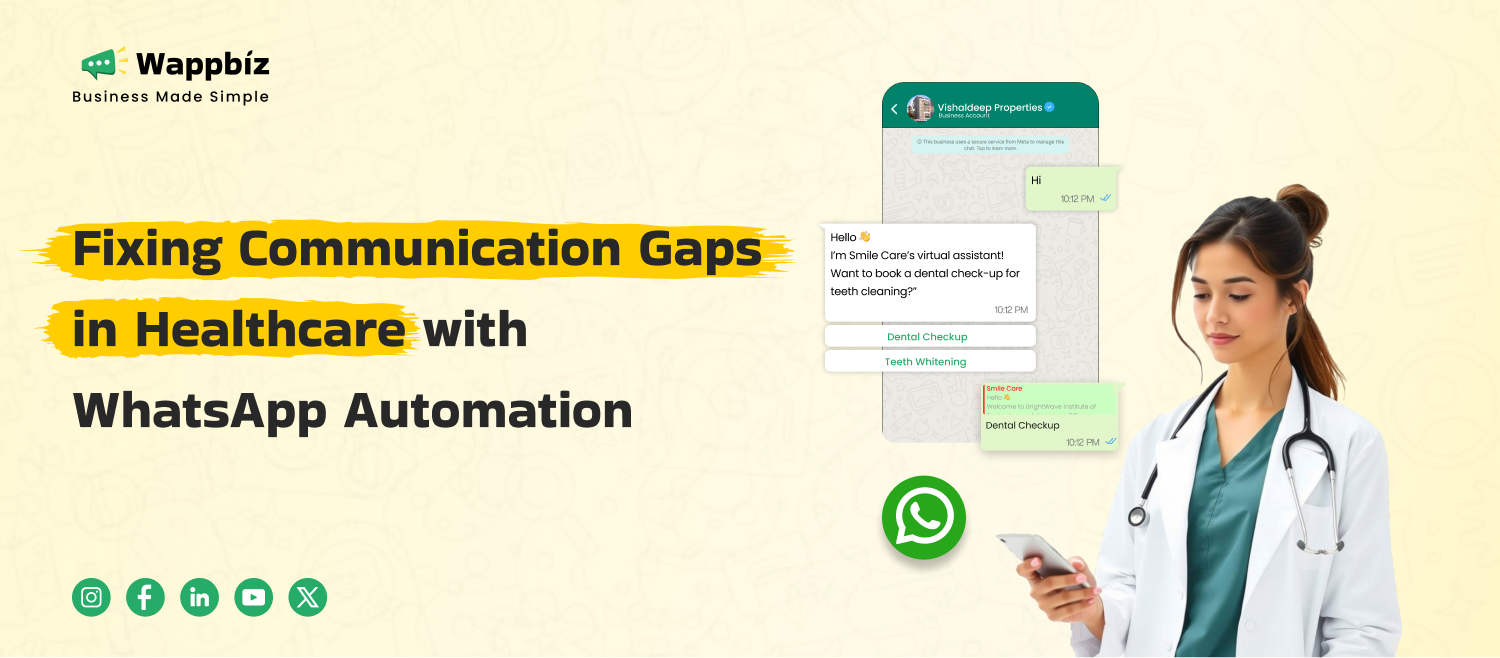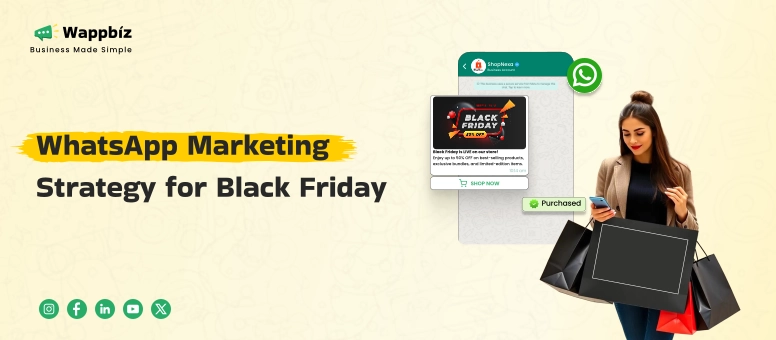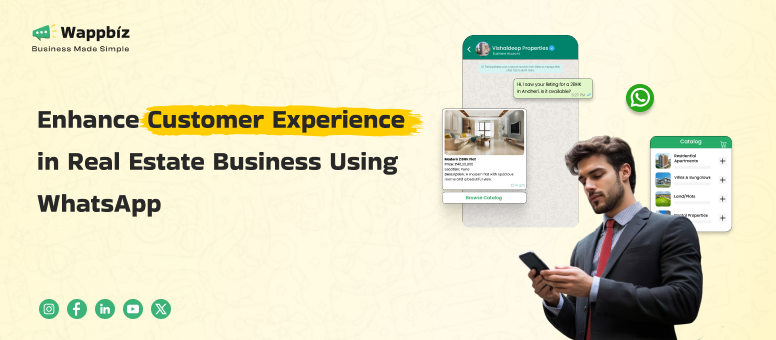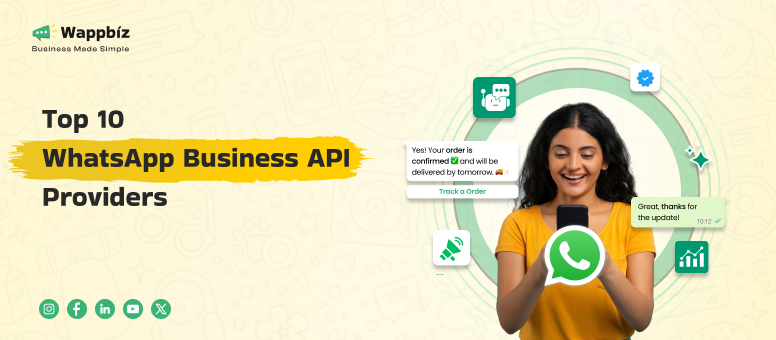Imagine being able to talk to every potential customer the moment they show interest. That’s the power of conversational marketing. Instead of slow forms, cold emails, or long wait times, modern companies use live chat, messaging apps, and AI-tainted conversation bots to engage now. This live, two-way conversation creates trust, provides answers to questions more rapidly and funnels customers toward decisions more effectively. Having tailored, personal interactions facilitates a more natural flow from point A to point B in the buying process. In a digital landscape that values speed and connection above all, such communication is a means of helping the businesses stand apart and deliver better results.
What is Conversational Marketing?
Conversational marketing is a business strategy that uses real-time, one-to-one conversations to connect with potential customers. Instead of relying on forms, emails, or static landing pages, it focuses on instant engagement through chatbots, live chats, and messaging apps. The goal is to make communication faster, more personal, and more convenient, helping customers move through the buying journey with ease.
How Is It Different from Traditional Marketing Methods?
With traditional marketing, there’s often a one-way communication process: businesses create messages and send them through ads, email campaigns, social media posts, or landing pages and hope that potential customers will respond. The interaction is delayed, and the delay could make customers wait for the response or need to take extra steps to get engaged, which can lead to lost interest or opportunity.
Conversational marketing, on the other hand, starts an immediate two-way conversation. Instead of pushing messages and waiting, companies speak with customers in real time using chat interfaces. Customers can ask questions, receive customized answers, seek responses and act quickly without leaving the conversation. This results in a seamless shopping experience, less friction, and, ultimately, a better customer experience, satisfaction, and conversion rate.
In essence, traditional marketing speaks to a customer; conversational marketing speaks with them creating relationships, trust, and speedier results.
Why Conversational Marketing Matters for Brand Growth
The nature of how consumers engage with brands has evolved. They would rather not fill out a form and wait days for the response. They expect answers immediately, personalized Conversational marketing facilitates meaningful conversations and engagement. Conversational marketing provides exactly that and it’s starting to emerge as a huge growth driver for businesses that want to stay competitive.
The Shift from One-Way Communication to Two-Way Conversations
Traditional advertising is based on sending messages in the form of ads, emails, or posts and praying that a consumer is supposed to reply. It is frequently slow, passive and not involved in customer interests.
Conversational marketing challenges this model by facilitating meaningful, real-time conversations. Brands no longer speak at customers; instead, they speak with them.
In real-time, businesses can initiate a conversation with interested parties immediately, similar to live chat on websites or messaging apps like WhatsApp Business API. This proactive, two-way communication builds momentum, keeps customers engaged, and reduces the risk of losing them to a competitor.
Building Trust and Relationships at Scale
Trust is the currency of business today. Customers are more likely to make purchases from brands they trust, and trust is built through repeated and valuable interactions. Conversational marketing enables businesses to scale personal relationships without sacrificing quality. With AI chatbots, live agents, and message automation, brands can have thousands of one-on-one conversations at the same time.
For example:
- A chatbot can answer FAQs instantly at any time of day.
- WhatsApp Business API makes it possible to send personalized order updates, shipping notifications, or appointment reminders right to your customer’s phone.
- Live chat agents are able to offer advice in real time that’s best suited to your personal needs.
These touchpoints make customers feel valued, listened to, and supported, which builds brand loyalty over time. It is the key to long-term brand growth.
How Conversational Marketing Shortens Sales Cycles and Increases Conversions
In the traditional funnel, it usually requires several touchpoints and some time to move a prospect from awareness to purchase. Friction that causes conversions to fail includes unreplied questions, sluggish response times, and needless complexity.
Conversational marketing turns off that friction by delivering:
- Quick responses to inquiries from customers
- Recommendation of the product based on preference
- Instant problem-solving along with direct chat
- End-to-end checkout within the chatbot itself
When prospects receive immediate, relevant answers at that exact moment, whether via chatbot, live agent, or WhatsApp message, they are more empowered to make faster purchase decisions.
Key Results:
- Less response time means more lead interaction.
- Individualized help = Better leads.
- Quick answers = short decision cycles
- Authentic discussions = Better conversions
In other words, conversational marketing isn’t only about creating better experiences; it’s also about driving revenue growth by turning interest into action and action into loyalty.
Core Benefits of Conversational Marketing
Conversational marketing is a faster way to talk to customers; it is a smarter way to grow your business. It is changing the way customers are able to engage with a brand by optimizing the sales process and providing critical data, which leads to more informed decision-making. Here’s a closer look at the key benefits:
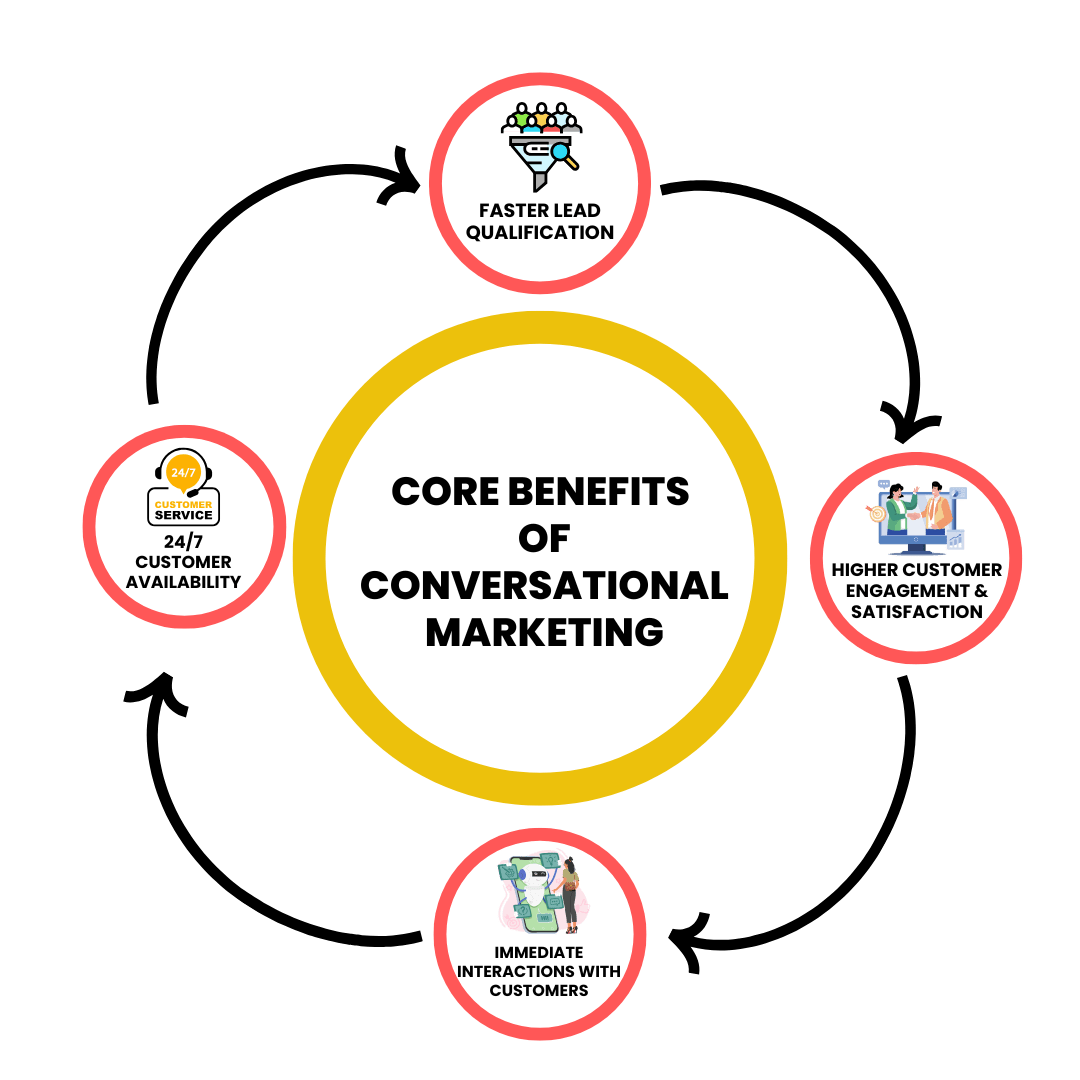
Faster Lead Qualification
- In traditional marketing, lead qualification tends to occur after a customer fills out a form, receives an email reply to the form, and communicates with the sales team to go back and forth—a slow and not always efficient process.
- With conversational marketing, there’s no waiting because businesses can qualify leads immediately as they’re having a real-time conversation.
- By asking qualifying questions (like budget, timeline or unique needs) upfront via pre-set chatbot flows or through interactions with live agents, businesses can automatically categorize leads and send already qualified leads to the sales team.
- This quick qualifying process allows businesses to not waste their time chasing after cold leads and instead focus on warming up serious buyers.
Higher Customer Engagement and Satisfaction
- Nowadays, customers expect immediate attention. If they don’t find it, they go with another brand available in the market.
- Conversational marketing tools such as live chat, WhatsApp chatbots and the WhatsApp Business API provide brands with the ability to immediately engage with prospects at the very moment that they show interest, for instance, when browsing a website, clicking on an ad, or engaging with a post on social media.
Immediate interactions with customers
- Get their questions answered quickly.
- Feel valued and heard
- Enjoy a seamless and frustration-free experience.
- This drives customer engagement and increases customer satisfaction, which in turn results in increased long-term loyalty and lifetime value.
24/7 Customer Availability
- Business hours no longer define when customers want support; they expect help anytime they need it.
- Conversational marketing enables 24/7 customer engagement through automated solutions like AI chatbots and WhatsApp auto-responders.
Key advantages include:
- Answering FAQs at midnight
- Helping customers in different time zones
- Supporting buyers during weekends and holidays
- Even when the office is closed, you have the chance to generate leads.
The fact that businesses are able to be 24 × 7 (24 hours a day, 7 days a week) and not lose clients simply for failing to promptly answer them is an enormous leg up.
Better Data, Smarter Marketing Decisions
Each interaction with a customer has data in it — data about needs, frustrations, wants, and behavior.
And now, conversation marketing tools naturally pick this up in the course of discussions, so you have this real heavy stream of data that you are learning from in the moment you are on interactions.
There are a few things businesses can do through analyzing conversational patterns:
- Check what is the “struggle” of your clients.
- Identify roadblocks in the buyer journey.
- Discover new product opportunities
- Refine audience segmentation for better targeting
In a nutshell, conversational marketing turns customer conversations into insights for making smarter, faster, more customer-centered decisions.
The Future of Conversational Marketing
Conversational marketing is continuously developing, and with the continuing advances in customer expectations and technology, there has never been a more exciting time for brands to really engage with their audience in a humanized way. Here are the top trends defining the future of conversational marketing.
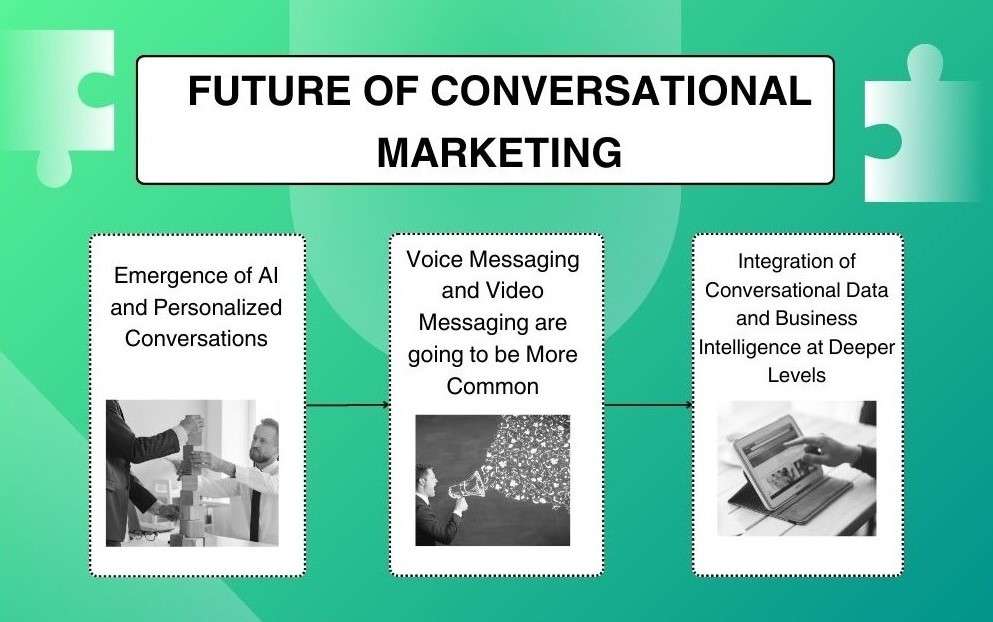
Emergence of AI and Personalized Conversations
What’s Happening:
AI is getting better all the time and companies are focusing more on machine learning and natural language processing (NLP) to create hyper-personal monetary discussions. These AI-driven tools interpret user data as it streams in, delivering custom interaction in the moment as a customer asks questions.
Why It’s Important:
Bots are evolving from simple automation to AI-driven anything conversations. The more personalized you can make the experience, the better the customer satisfaction and the higher the percentage of those visitors will purchase. These AI tools will be able to process sophisticated queries, tailor their responses based on past behavior and make suggestions personalized to individual tastes, all of which will make interactions seem more humanlike.
Example:
Think of a chatbot on an online bookstore. Depending on the user’s browsing history, the AI can recommend books or suggest genres they may be interested in or shift discounts to previously purchased items. The more you chit-chat with the chatbot, the smarter it will become and provide you a better user experience each time you visit.
Impact:
- More intelligent chatbots with the ability to understand context and answer appropriately.
- Speed up response without losing personal touch and help ensure a better experience for your customers.
Voice Messaging and Video Messaging are going to be More Common
What’s Happening:
Text messaging is the dominant platform for conversation marketing, but voice and video messaging is around the corner. Customers are increasingly interested in communicating via voice or video amid the proliferation of smart speakers, voice assistants, and video platforms like Zoom and Instagram Stories.
Why It’s Important:
Voice and video present a fuller, more personal user experience than text alone. For instance, rather than sending mass, impersonal e-mails, a brand would be able to send a brief and concise video message introducing new products in a more personal and authentic way, providing consumers a uniquely engaging experience.
Voice messaging in apps like WhatsApp has already proven successful, with businesses using it for customer support, promotions, and appointment reminders. We expect video marketing, particularly on platforms like Instagram, to become an increasingly effective conversational marketing tool.
Example:
A customer contacts a fitness brand with a question. Rather than texting back, the brand sends a personalized video message that features the product and shows how it can help solve the problem the customer is having. This makes it personalized and gives better engagement than just text.
Impact:
- Greatly increased engagement by way of dynamic, human interactions.
- Deeper emotional connection with customers through voice and visuals.
Integration of Conversational Data and Business Intelligence at Deeper Levels
What’s Happening:
As companies store an ever-increasing amount of data from conversational interfaces like chatbots, live chat and messaging apps, they will continue to feed this information directly into business intelligence (BI) platforms. This integration gives brands more superior visibility to the way the customers engage with, and lean in on, discoveries that become trends that drive more data-informed decision-making.
Why It’s Important:
Data from conversations is so rich, and it can give us much more than just ways to understand what customers are asking; it can reveal purchasing habits, pain points, and even be used to predict future behavior. You could integrate this information into your business intelligence (BI) systems; this might give you better-targeted marketing, the ability to better optimize customer journeys, and better features or services (because you had that feedback).
Example:
A retail brand mines data from WhatsApp conversations, including what products people inquire about most or which ones prompt the most customer complaints or questions. If they are feeding that data back into their BI system, the brand can prioritize product enhancements, plan targeted WhatsApp campaigns, and even phase the inventories.
Impact:
- Customer interaction-driven real-time intelligence for better decision-making.
- Being proactive on customer service and marketing by responding to new trends and issues quickly.
Also read about WhatsApp Campign Tools
Conclusion
Conversational marketing is more than just a trend — it’s a powerful tool for building lasting relationships and accelerating business growth. By embracing real-time, personalized conversations, brands can engage customers more effectively, shorten sales cycles, and increase customer satisfaction.
The key to success lies in creating authentic, human-like interactions that adapt to your customer’s journey. Whether through live chats, WhatsApp, or AI-driven bots, each conversation is an opportunity to connect, build trust, and drive conversions. As we’ve explored, personalization and automation complement each other, enabling you to scale without sacrificing the personal touch.

FAQ’s
How can conversational marketing improve customer loyalty?
Conversational marketing fosters loyalty with real-time, personalized assistance through means like live chat and WhatsApp, increasing satisfaction and repeat business.
How does conversational marketing impact customer satisfaction?
Conversational marketing enhances customer satisfaction by delivering immediate, personalized answers in real time via live chat, chatbots and messaging apps. It made the whole experience smooth and frustration-free and increased the trust in the brand.
How can conversational marketing be used to personalize customer interactions?
Chat and messaging tools are the preferred communication method, and conversational marketing makes it possible to bring fast, personalized replies in those formats, which in turn results in less frustration and more perceived positive brand experience.

